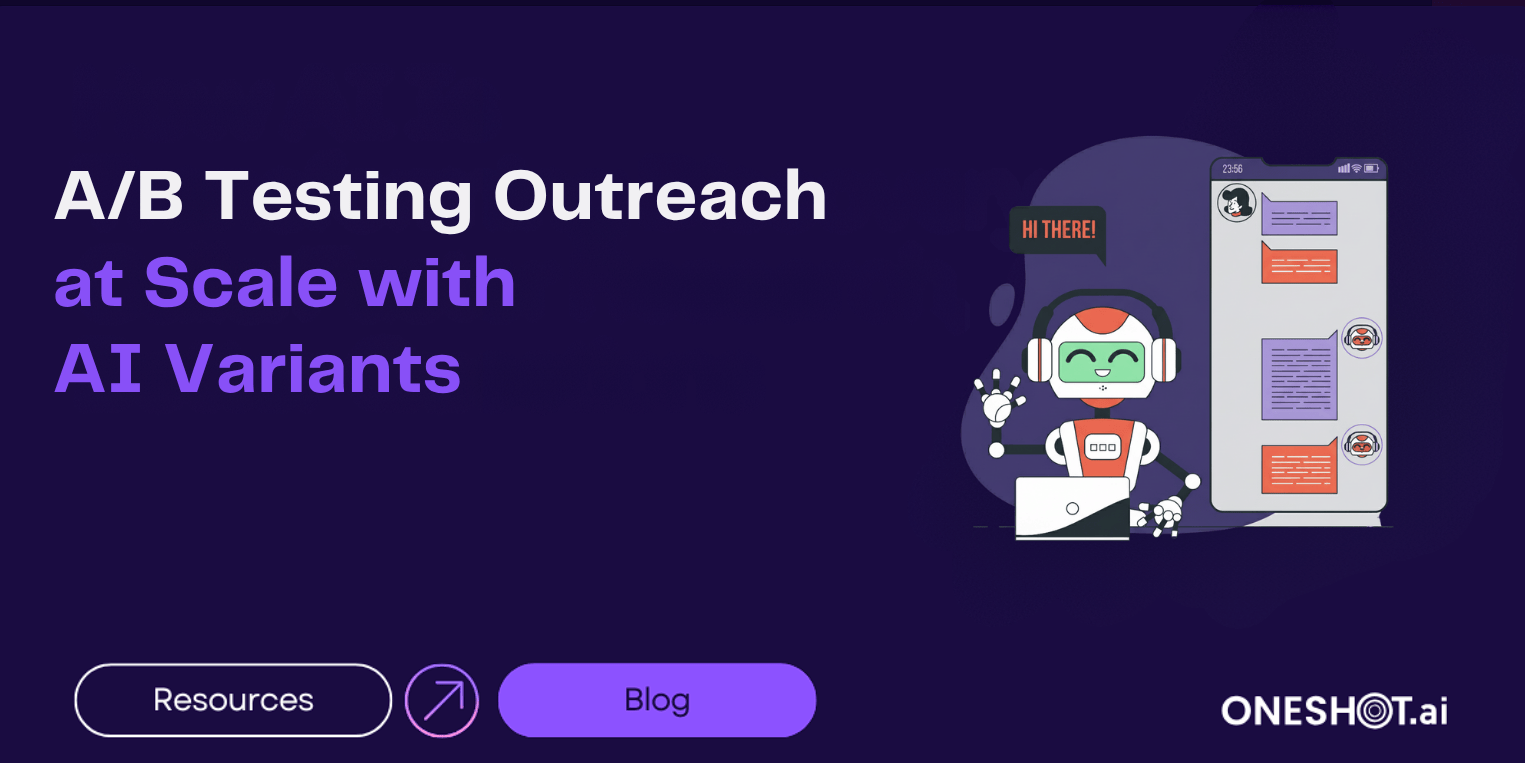How Can AI Tools Orchestrate Seamless Marketing and Sales Strategies in 2024?
As per McKinsey's State of AI survey, more than 78% of organizations employ AI in one or more business functions, with marketing & sales being the first among them.
While businesses spend a significant amount on customer acquisition, it is a common refrain among many revenue operations (RevOps) teams that closing the sale is only half the game. The real power lies in choreographing what happens before the sale and, most importantly, what happens afterward.
AI orchestration" in RevOps is not just basic automation—it's about aligning systems, signals, channels, and humans so that marketing and sales are like a coordinated movement, close to one organism.
No hand-offs and silos but constant alignment: marketing providing qualified leads, sales then responding appropriately, channels fine-tuning with actual real-time engagement, and follow-ups triggered by customer behavior—not wild guesses.
Platforms such as OneShot.ai are addressing this orchestration challenge at scale. They bring together the components — lead scoring, content personalization, multi-channel reach — into frictionless outbound sequences that learn from real signals.
✅Unlock AI‑powered sales orchestration. Start with OneShot.ai →
What Is AI‑Driven Marketing and Sales Orchestration?
How is “orchestration” different from automation?
Automation performs repeatable actions (send email, update record, schedule follow‑ups).
Orchestration stitches together multiple automations, decision logic, cross-channel flows, and feedback loops. It's not simply "do more things automatically" but "make the system smart so that marketing and sales align in timing, message, and outcome."
What are the core elements of AI‑powered orchestration?
- Data unification: Single source of truth aggregating from CRM, website behavior, content engagement, and ad performance.
- Real-time decisioning: Driven by the behavior of customers (opens, clicks, visits to site), not on a scheduled time lag.
- Multichannel execution: Email, LinkedIn, voice (calls), SMS (if compliant), retargeting ads, etc., all in concert.
- Persona- and intent-aware messaging: Adjusting tone, content, and channel based on buyer role, industry, and stage of journey.
Who do they help most?
- RevOps and GTM leaders who require alignment.
- Marketing teams seeking more successful nurture and increased conversion.
- Sales / BD teams that need better qualified leads, less wasted effort.
- Customer success when expansion or retention plays are included in the revenue target.
What Problems Does AI Solve in Marketing and Outbound Sales Alignment?
Why do marketing and sales teams still operate in silos?
Due to limited feedback loops from sales, marketing can generate leads, but often doesn't know which leads actually convert. Conversely, sales might not have visibility into which marketing campaigns or content created interest on behalf of the prospect, leading to duplicated outreach or misaligned timing.
Misaligned KPIs also play a factor, with marketing usually focused on MQLs, while sales is typically looking for SQLs and opportunities, leading to divergent goals and accountability.
What’s causing personalization bottlenecks at scale?
Many times, teams utilize a generic touch template or content that doesn't allow for different buyer roles or industries. Further, personalization can be quite tedious and requires a good amount of manual labor to be viable or effective in scaling.
If outreach isn't executed based on a prospect's real-time engagement, they will likely experience poor timing and feel like they are receiving generic, outdated information.
How does AI help streamline lead scoring, enrichment, and qualification?
AI automates enrichment by filling in missing data such as firmographics, job titles, and behavioral signals. It enhances lead scoring by using predictive models that factor in both past conversion trends and real-time actions. For qualification, AI helps triage leads so sales teams can focus on those showing the highest intent to buy, improving efficiency and conversion rates.
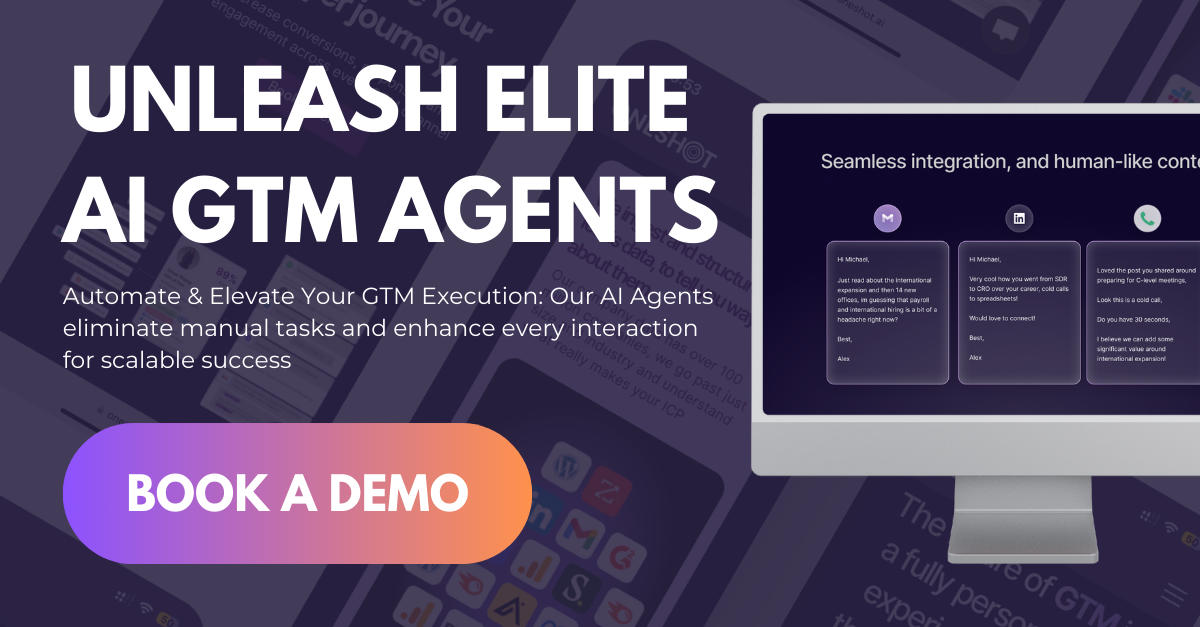
How Can AI Tools Like OneShot.ai Automate End‑to‑End Outbound Workflows?
Insight Agent: powering smarter prospecting
The Insight Agent allows for smarter prospecting by recognizing live intent signals (e.g. increased activity on the website, download content, and behavioral spikes). It enriches lead profiles with relevant information, such as job role, company size, and tech stack, to get a more accurate score.
By combining engagement behaviors and enriched attributes, it identifies accounts with the right fit and prioritizes them for outreach, so the sales team can focus their attention on the right opportunities.
Personalization Agent: crafting messaging across every channel
AI personalizes messaging with persona information, past engagements, and channel expectations. It is consistent with tone, value proposition, and messaging based on the buyer's role and stage in the funnel, and it will update all this through email, LinkedIn, call scripts, etc.
Scaling Agent: maintain personalization while increasing output
AI scales automation in the sequence deployment of messaging while still allowing for a personal feel. It can A/B test, optimize for better send times, and update messaging based on real-world data, allowing the rep to operate efficiently while maintaining quality.
Integration Agent: enabling CRM and tool interoperability
AI connects data across various applications, including Salesforce, HubSpot, and Outreach. It processes signals, including opens, clicks, and replies, for better aggregation into a unified system, giving greater visibility into the customer journey.
Case Study Snapshot (hypothetical):
Before AI orchestration: 20% reply rate, significant lead leakage with manual and disconnected workflows. After OneShot.ai orchestration: 40% better reply rates, three times better outbound efficiency, more refined messaging, and significantly less lead loss.
What Role Does AI Play in Delivering True Omnichannel Experiences?
Personalization Across Email, Voice & LinkedIn
AI orchestration ensures every touchpoint is contextually aware. For example:
- The same data that informs email subjects can inform call scripts or LinkedIn icebreakers.
- If a prospect just opened your last message, AI can trigger a timely follow-up via another channel.
Acting on Real-Time Engagement Signals
AI can monitor opens, clicks, site visits, email replies, and feed that into real-time adjustments. If a prospect clicks a pricing page, their next message escalates intent content. If a connection is accepted on LinkedIn, the next step shifts there.
Can AI Replace Human Outreach? Where’s the Balance?
AI is an enabler — not a replacement. It amplifies human capacity, surfaces relevant content, and optimizes workflows. But humans still inject empathy, judgment, and deal-level insight. Gartner notes that organizations combining AI and real-time human interaction are 1.9× more likely to exceed revenue goals.
Comparison Table:
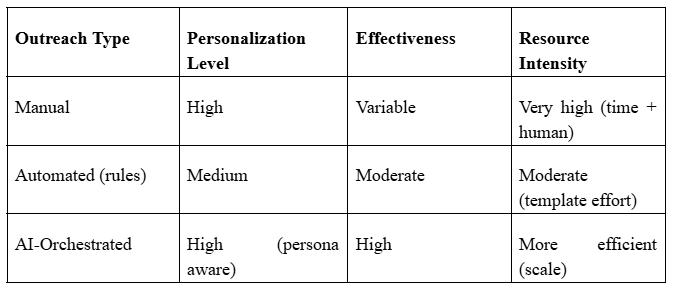
Which AI Tools Are Leading the Future of Marketing + Sales Orchestration?
What characteristics distinguish a premium AI orchestration framework in 2024?
- Multi-agent systems that oversee detection, personalization, scaling, and integration.
- Deep integration with CRMs, data sources, and channels.
- Robust analytics and feedback loops.
- Flexibility to style custom content, tone, or persona.
- Inherent compliance, security, and privacy.
How do different tools compare? (OneShot.ai vs others)

What makes OneShot.ai unique?
We have a layered agent architecture (Insight, Personalization, Scaling, Integration) that is designed to work together.
We are built for sales and marketing alignment from the ground up: shared data, shared signals, shared sequences.
In addition, we favour feedback loops and an adaptive messaging statement instead of rigid workflows.
Interested in how OneShot.ai compares? Check it out live → https://www.oneshot.ai/

How Can AI Orchestration Improve Campaign ROI?
What KPIs are impacted most?
✅ Pipeline Velocity (deals move twice as fast)
✅ Customer Acquisition Cost (CAC) decreases
✅ Reply and Conversion Rates increase
How does AI get you to engagement faster?
AI does prospect, enrichment, and personalization concurrently, reducing the overall average time-to-first-touch from days to minutes.
How can teams test and optimize at scale?
AI performs A/B testing across personas and channels while learning and optimizing in real-time.
What Are the Ethical Strategic Considerations in Using AI for Sales and Marketing?
As AI becomes increasingly central to sales and marketing execution, companies need to maintain a balance between innovation and responsibility. To ethically apply AI in outreach, brands should be explicit when AI-generating content is involved, refrain from deceptive personalization, and keep models unbiased or evenly targeted.
Honoring user consent and responsibly using data aren't merely regulatory obligations—they are essential to maintaining long-term trust.
Compliance is also a top priority. Laws such as GDPR, CCPA, and CAN-SPAM regulate how data is acquired, processed, and used in auto-campaigns.
AI tools should be able to facilitate proper consent handling, transparent opt-outs, and auditing logs for automated choices. Marketers should also ensure that any GPT-generated content adheres to brand policies and disclosure guidelines.
Notably, AI must complement—and not replace—the human touch. While AI can research, write, and order outreach, human empathy and judgment are still required for meaningful connections.
The best teams leverage AI to eliminate grunt work so reps can concentrate on what counts: engaging conversations and building relationships.
Mini FAQ
Q: Is AI cold outreach allowed by law?
Yes, provided it is in compliance with applicable laws, including GDPR, CCPA, or CAN-SPAM, contains opt-out, and is not misleading or deceptive otherwise.
Q: Does content generated from GPT violate compliance?
Not on its own; whether content is compliant depends on how it is used and disclosed, and whether it complies with applicable data privacy rights.
How Can You Get Started with AI-Powered Orchestration Today?
Implementing AI orchestration starts with a solid foundation. You will want a connected CRM (like Salesforce or HubSpot) as well as clean data and clear buyer personas. You must also establish alignment across Sales, Marketing, and RevOps so that your GTM motion is coordinated.
Deployment works best when approached in stages. Start by running a pilot campaign with tools (like OneShot.ai) to calibrate performance. Train your team on workflows and allow time to iterate based on the engagement data.
Internally assign an “AI Champion” to drive adoption, collate feedback, and facilitate optimization across departments.
Thankfully, tools like OneShot.ai are designed with ease of use in mind. Using intuitive dashboards, prebuilt outbound playbooks, and plug-and-play CRM integrations, most teams are fully operational within a matter of days (not weeks or months!).
The learning and adjustment period is minimal, yet the reward for productivity is substantial: fast, targeted outreach and better results!
Final Thoughts: Orchestrate the Future
AI-driven orchestration is not just a technology trend—it's the future of scalable, aligned, and personalized revenue. With marketing and sales finally aligned through smart agents and real-time data, organizations can now shake off siloed processes and produce unified omnichannel experiences.
As per Gartner, by 2025, 80% of B2B sales interactions will be driven by AI. The question isn't whether your team should use AI orchestration—it's how quickly you can get started.
Want to be at the forefront of the curve rather than playing catch-up? Read our guide to AI-First Prospecting → ✅Or start now with OneShot.ai → https://www.oneshot.ai/Try OneShot.ai →



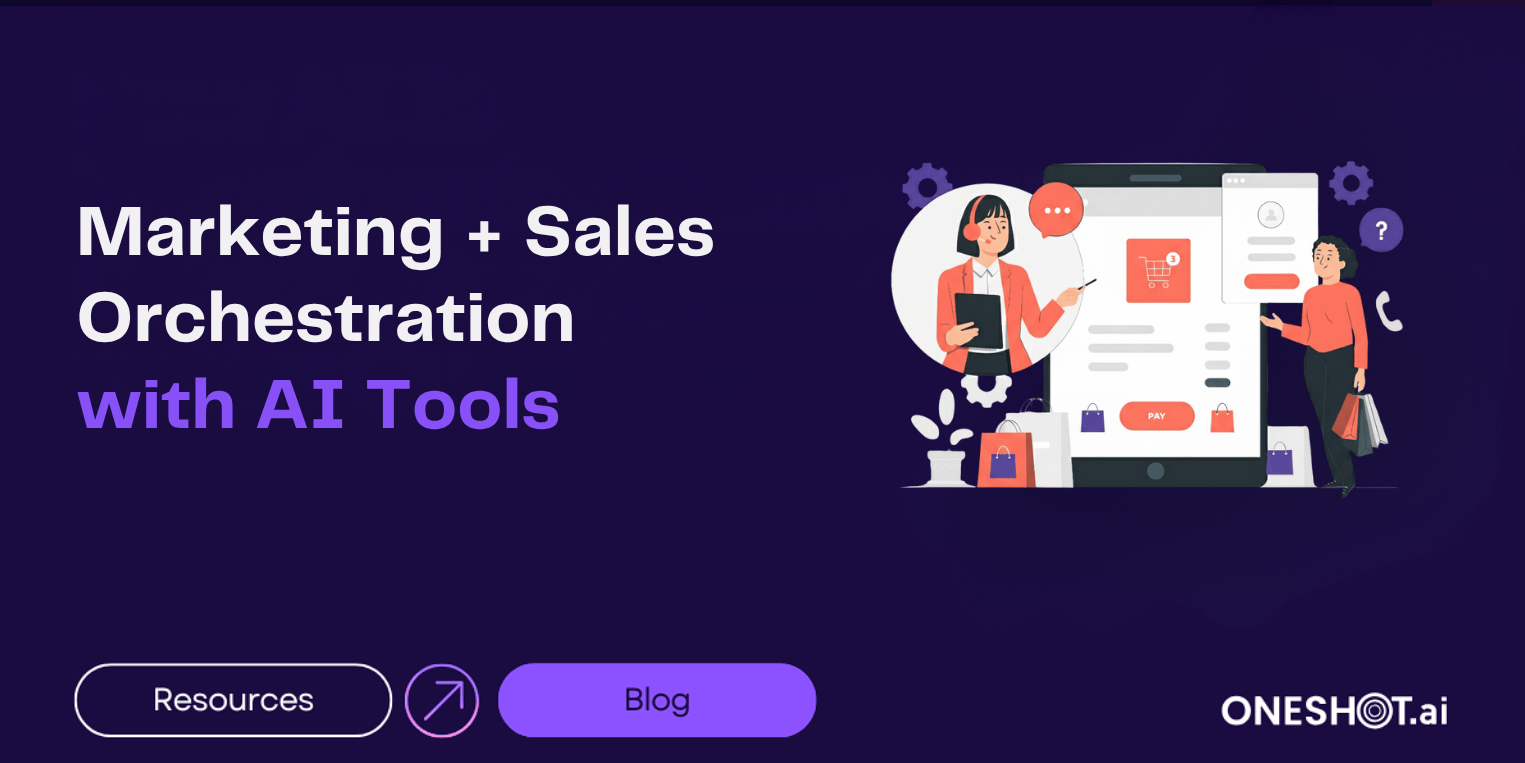
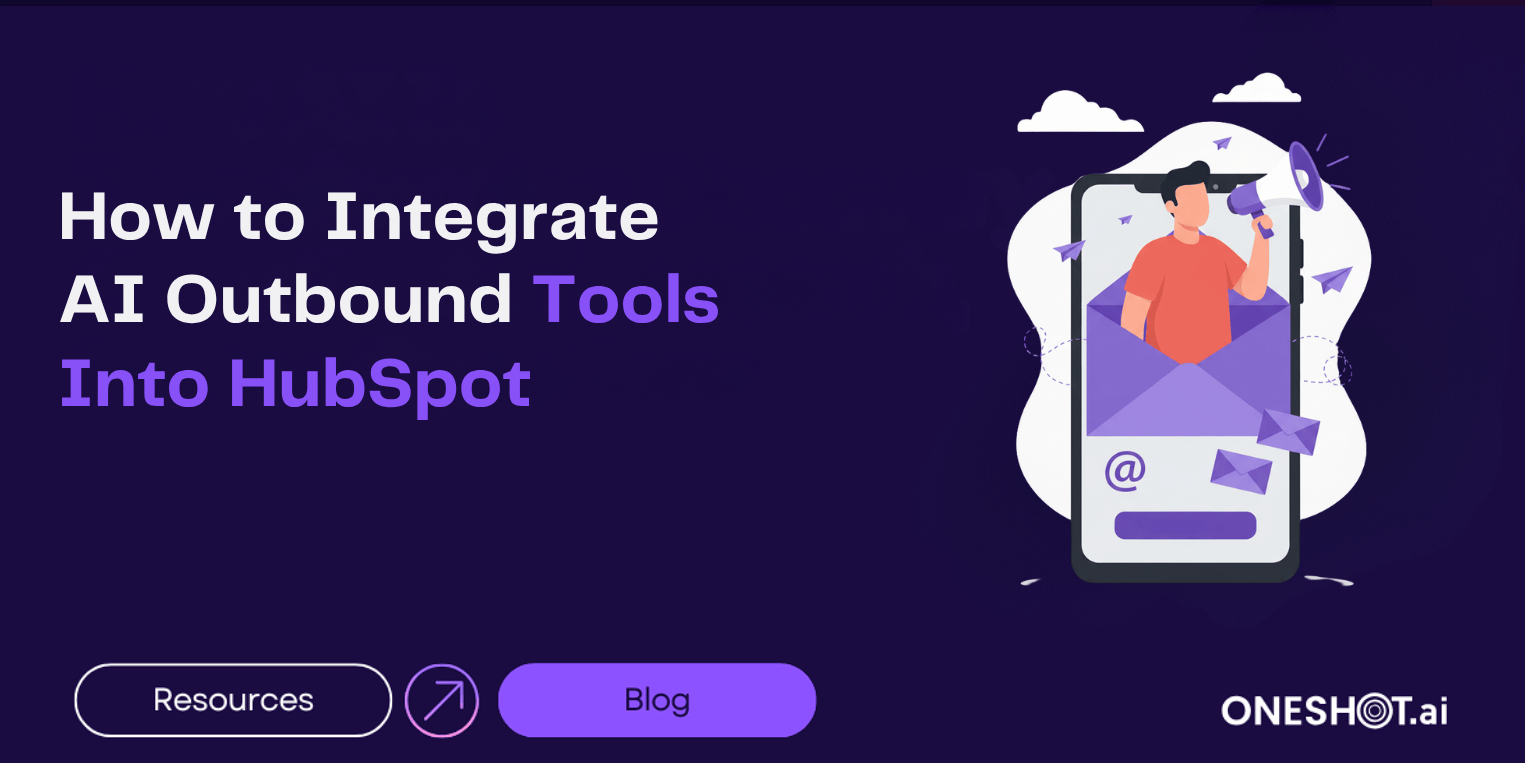
.png)

